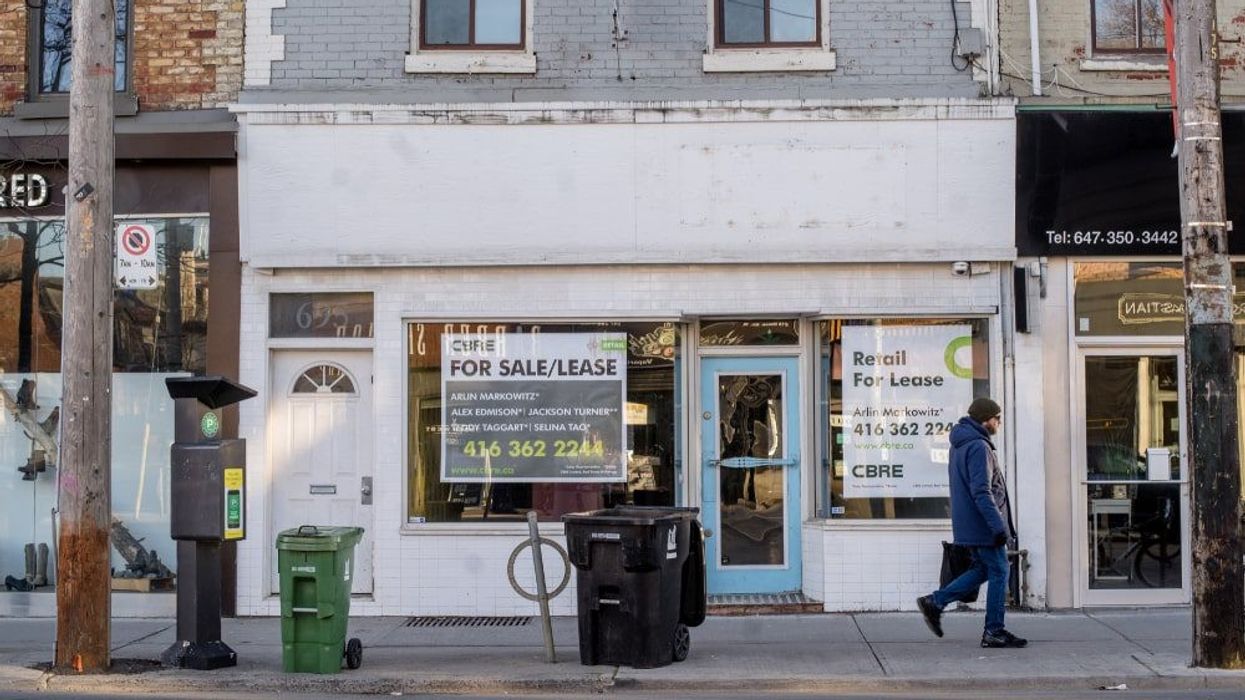As interest rates rose and the cost of living soared, November 2022 saw the highest number of Canadian insolvencies since the onset of the pandemic.
According to newly-released data from the Office of the Superintendent of Bankruptcy, there were a total of 9,784 insolvency filings across Canada in November, the highest number since March 2020's 11,198.
The newest figure marks a 17.5% increase from November 2021, and a month-over-month jump of 7.3%. Consumer insolvencies were up 16.3% annually in November, while business insolvencies rose by 58.3%.
For the 12-month period ending on November 30, 2022, consumers accounted for 96.7% of all insolvencies filed across Canada.
During the same timeframe, business insolvencies increased by 37.8%. The sectors that saw the largest increase in the number of insolvencies were construction, and accommodation and food services. The biggest declines was seen across mining, oil and gas extraction, finance, and insurance.
Insolvency firm Bromwich+Smith attributed the rising numbers to Canadians feeling "increasingly vulnerable to ongoing economic shocks."
"This is the first time we have seen numbers close to pre-pandemic levels,” said Michelle Statz, Licensed Insolvency Trustee at Bromwich+Smith. “With the end of government benefits such as CERB and the onset of record inflation, it was just a matter of time until the other shoe would drop, and people would start to feel the full effects.”
In an effort to reign in said soaring inflation, the Bank of Canada raised interest rates seven times in 2022, bringing the policy interest rate from 0.25% to 4.25% in just 10 months. The BoC's next rate announcement is scheduled for January 25.
Inflation, which sat at 6.8% in November, has led to an increase in Canadians' cost of living, while rising interest rates have edged up the cost of mortgages and lines of credit.
On a provincial level, Ontario saw the largest volume of insolvency fillings in November. At 3,475, the figure is a 24% increase from a year prior, and the highest volume Ontario has seen since March 2020.
Alberta followed with 1,402 insolvency filings, its highest since March 2020. British Columbia saw 974 fillings in November, its highest since October 2019.





















